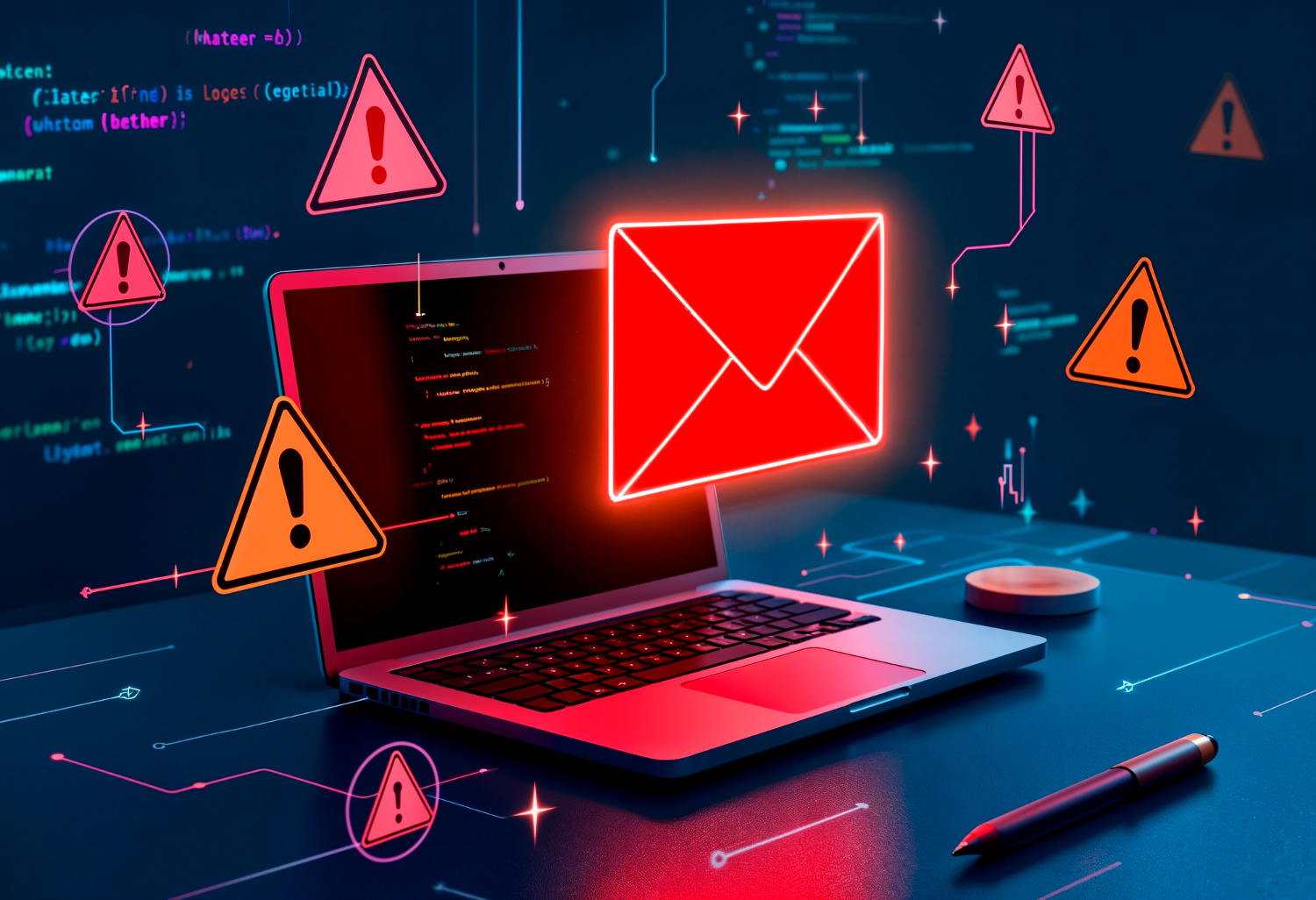Phishing has long been one of cybersecurity's oldest and most persistent threats—but the emergence of artificial intelligence (AI) is transforming this classic attack method dramatically. Cybercriminals now use advanced language models to craft personalized phishing emails at unprecedented scale and quality. This evolution presents entirely new challenges for businesses aiming to protect themselves from cyberattacks.
Why AI-Powered Phishing Emails Are So Dangerous
Traditional phishing attacks often stood out due to generic content or obvious red flags. Today’s AI-powered language models, however, enable attackers to craft nearly perfect, highly personalized messages tailored specifically to individual recipients. These emails incorporate personal details, professional roles, and even mimic linguistic nuances, significantly boosting their credibility—and their danger.
Moreover, AI-generated phishing campaigns are incredibly scalable. Criminals can effortlessly produce thousands of individually tailored phishing emails without significant additional effort, vastly increasing their potential for success while simultaneously bypassing conventional detection systems.
From Mass Emails to Precision Attacks
Intelligent language models similar to widely known tools like ChatGPT—and more malicious tools already circulating in criminal circles, such as WormGPT—can dynamically personalize content for specific targets. An employee in finance, for example, might receive an email that convincingly appears to come directly from a senior executive, requesting urgent financial transactions or confidential information in a tone and style consistent with previous legitimate interactions.
Why Traditional Security Systems Fail
Typical cybersecurity solutions, such as standard spam filters or keyword-based scanners, rely heavily on detecting known patterns or obvious phishing characteristics. AI-generated content easily bypasses these traditional safeguards because it closely resembles genuine human communication. With realistic language patterns and highly personalized content, AI-generated phishing emails rarely trigger existing automated filters or alert systems.
New Defense Strategies: Using AI to Combat AI
To effectively combat these new threats, organizations must adopt security solutions that leverage the same technology used by attackers—AI itself. AI-driven cybersecurity systems can detect subtle anomalies, unusual communication patterns, and continuously learn from new attack methods to identify and block threats proactively.
Key strategies include:
-
Intelligent Email Security Solutions:
Leveraging AI-based behavioral analytics to identify and block suspicious emails through real-time pattern detection. -
Personalized Employee Awareness Training:
Equipping employees with targeted training to recognize subtle signs of AI-generated phishing emails, such as unusual requests, contextual anomalies, or minor language inconsistencies. -
Adaptive Security Processes:
Establishing dynamic security protocols that automatically trigger additional verification whenever suspicious communications are identified, preventing potential breaches before damage occurs.
Empowering Employees as a Vital Defense Line
While advanced technology is crucial, engaging employees actively as part of the defense strategy remains critical. Regular training and realistic simulations using AI-generated attack scenarios can greatly enhance awareness, fostering a culture of vigilance throughout the organization.
Stay ahead of the wave!

Comments